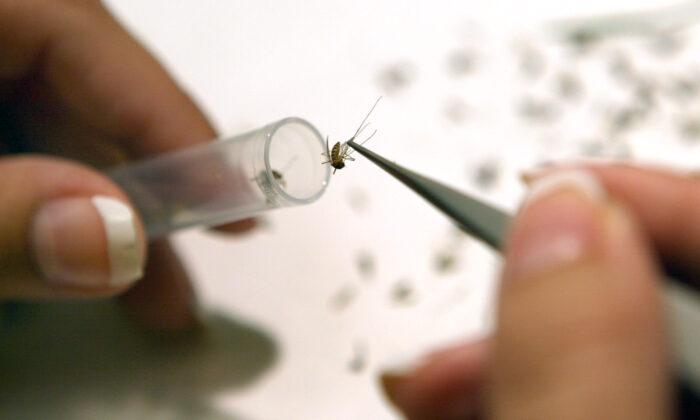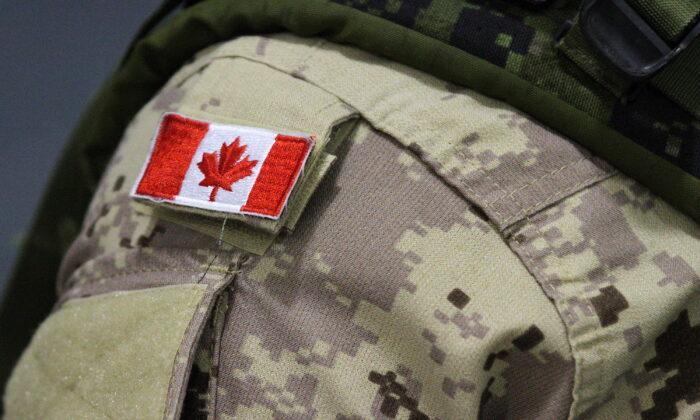It is an adult resident who contracted the virus, TPH said in the press release Aug. 25.
According to the officials, the West Nile virus can be transmitted to humans through the bite of an infected mosquito.
Once bitten, a person may develop symptoms of fever, headache, nausea, vomiting, body aches, skin rash and swollen lymph glands between two and 14 days.
TPH also forewarned that older people or those with compromised immune systems are subjected to higher risk of developing severe illness from the bite.
“While the likelihood of becoming infected with West Nile virus is low in our city, now is a good time to remind residents of simple actions they can take when enjoying the outdoors to further minimize the potential risk,” Toronto’s Medical Officer of Health Dr. Eileen de Villa said.
“These actions include wearing insect repellent and light-coloured clothing, long pants and long-sleeved shirts to prevent getting bitten by an infected mosquito.”
Residents should also remove standing water where mosquitoes can breed from their property, including buckets, planters, toys and waste containers where water can collect.
Surveillance of West Nile Virus
The federal government has teamed up with health officials to conduct five types of surveillance to detect West Nile virus for early prevention of potential outbreak:- Human surveillance keeps track and diagnoses the reported West Nile virus cases.
- Mosquito surveillance includes identifying the kinds of mosquito present and testing to anticipate new outbreaks.
- Bird surveillance monitors crows, jays, magpies and raven that are highly susceptible to the virus. They are used as early indicator of outbreak.
- Horse surveillance is also used as an early indicator as horses are especially at risk contracting the virus.
- Surveillance in First Nation communities detect and report of any human cases.





